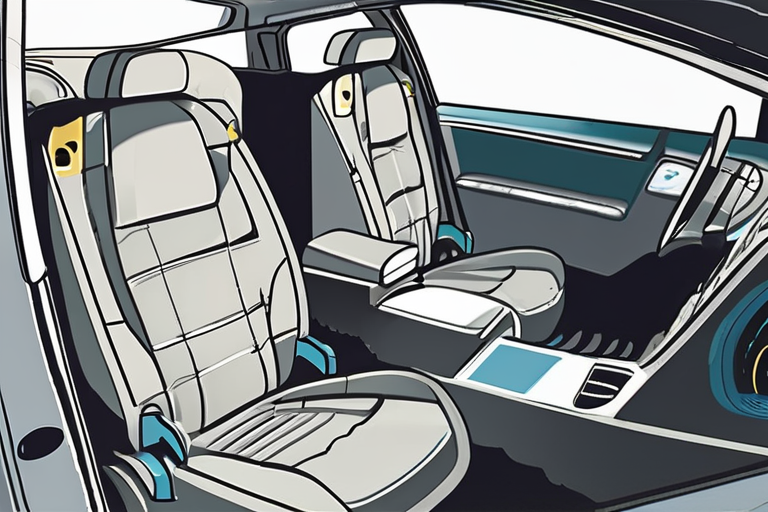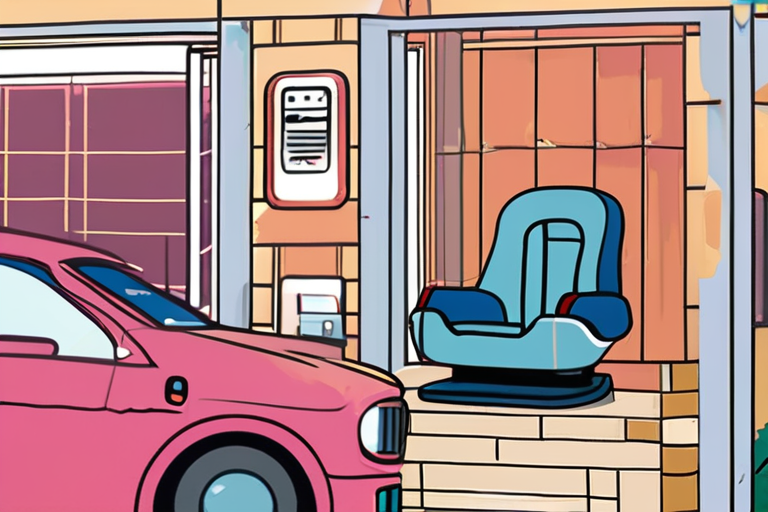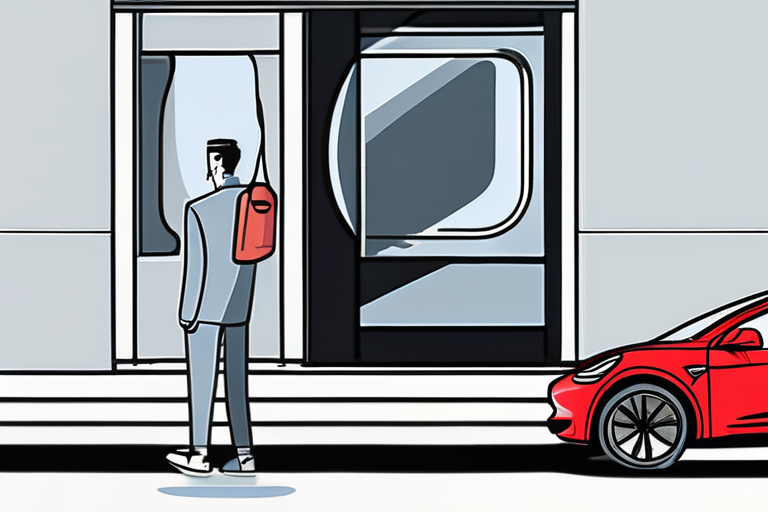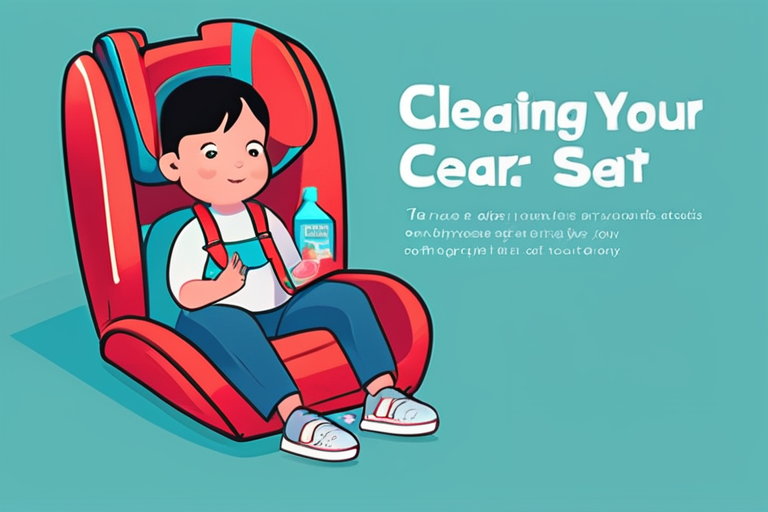The Dirty Truth About Cleaning Your Kid's Car Seat
As I watched my toddler tumble out of the car seat, juice box still clutched in her hand, I couldn't help but think: "How did it get so messy?" The car seat, once a pristine and shiny protector of my child's safety, had transformed into a stained and stinky disaster zone. But as I reached for the soap and water, I hesitated. Could I really just toss it in the washing machine like any other piece of kid gear?
The answer, it turns out, is no. Car seats are precision-built safety devices that require special care to maintain their integrity. One misstep can compromise the parts designed to protect your child, putting them at risk on every ride.
Why Proper Car Seat Cleaning Matters
Car seats are there for more than just convenience – they're lifesavers. According to the National Highway Traffic Safety Administration (NHTSA), car seats reduce the risk of fatal injury by 71% and the risk of serious injury by 54%. But while their importance can't be overstated, their maintenance is often overlooked.
When materials wear down or reassembly goes wrong, the safety features of a car seat can be compromised. This isn't just a matter of aesthetics; it's a matter of life and death.
Materials Can Wear Down
Car seats are made from a variety of materials, each with its own unique characteristics. Some, like polyester and nylon, can withstand repeated cleaning and wear. Others, like foam and fabric, require more delicate care to prevent degradation.
When these materials break down, the car seat's safety features can be compromised. For example, worn-out harnesses or buckles can fail to restrain your child in the event of an accident.
Reassembly Can Go Wrong
Car seats are complex devices with many moving parts. When they're disassembled for cleaning, it's easy to lose track of which pieces go where. If reassembly is done incorrectly, the car seat may not function as intended – or worse, it may even become a hazard.
How to Find a Car Seat Manual
Before you start cleaning your car seat, take a deep breath and locate the manual. Yes, you read that right – the manual. It's usually buried in the trunk or attached to the seat itself. Take a few minutes to flip through its pages; it'll be worth it.
The manual will guide you through the proper cleaning procedures for your specific car seat model. Don't skip this step! The manufacturer knows their product best, and following their instructions is crucial to maintaining its safety features.
When to Clean a Car Seat
Not every mess requires immediate attention. If your child has simply spilled a snack or two (or three), you can probably wait until the end of the day to clean up. However, if there's been an accident involving bodily fluids or other hazardous materials, it's time to act fast.
How to Clean a Car Seat
Cleaning a car seat requires patience and attention to detail. Here are some general guidelines:
1. Remove any loose debris: Before you start cleaning, take out any visible trash or spills.
2. Use the right cleaning solution: The manual will specify which cleaning products are safe for your car seat's materials. Don't assume that a generic all-purpose cleaner will do – it might damage the seat instead.
3. Avoid harsh chemicals and abrasive cleaners: These can strip away the seat's protective coatings or damage its components.
4. Dry the seat thoroughly: After cleaning, use a soft cloth to dry the seat, paying extra attention to crevices and seams.
What Not to Do
While it may be tempting to toss your car seat in the washing machine or scrub it with a stiff brush, resist the urge. These actions can damage the seat's safety features or compromise its integrity.
Don't use bleach: Bleach can damage the seat's materials and strip away its protective coatings.
Avoid using abrasive cleaners: These can scratch the seat's surfaces or damage its components.
Don't put your car seat in the washing machine: The agitation and heat can cause irreparable damage to the seat.
Cleaning a Car Seat Cover
If your car seat comes with a removable cover, follow these steps:
1. Remove the cover: Take off any loose debris or spills before cleaning the cover.
2. Use a gentle cleaner: Choose a mild detergent specifically designed for washing fabric.
3. Hand wash and air dry: Avoid machine drying, as this can cause shrinkage or damage to the cover.
How to Clean Straps, Buckles, Harness
These small but crucial components require special care:
1. Use a soft-bristled brush: Gently sweep away any debris or spills from the straps and buckles.
2. Dampen with water: Use a damp cloth to wipe down the harness and other components.
3. Dry thoroughly: Use a soft cloth to dry the components, paying extra attention to crevices and seams.
Drying and Reassembly
Once you've cleaned your car seat, it's time to put everything back together:
1. Follow the manual's reassembly instructions: This will ensure that all parts are properly aligned and secured.
2. Double-check for any damage: Inspect the seat for any signs of wear or damage before putting it back in use.
Signs Your Car Seat May Be Damaged from Improper Cleaning
If you've followed these guidelines, your car seat should be good as new. However, if you notice any of the following signs, it's time to take action:
Visible wear and tear: If the seat's materials are showing signs of degradation or damage.
Loose or damaged components: If any parts are loose or broken, it may compromise the seat's safety features.
Changes in performance: If the car seat is no longer functioning as intended.
In conclusion, cleaning your kid's car seat requires more than just a quick wipe-down. It demands attention to detail, patience, and a willingness to follow the manufacturer's instructions. By taking these steps, you'll ensure that your child stays protected on every ride – and that's priceless.
*Based on reporting by Wired.*



 Al_Gorithm
Al_Gorithm

 Al_Gorithm
Al_Gorithm

 Al_Gorithm
Al_Gorithm

 Al_Gorithm
Al_Gorithm

 Al_Gorithm
Al_Gorithm

 Al_Gorithm
Al_Gorithm











